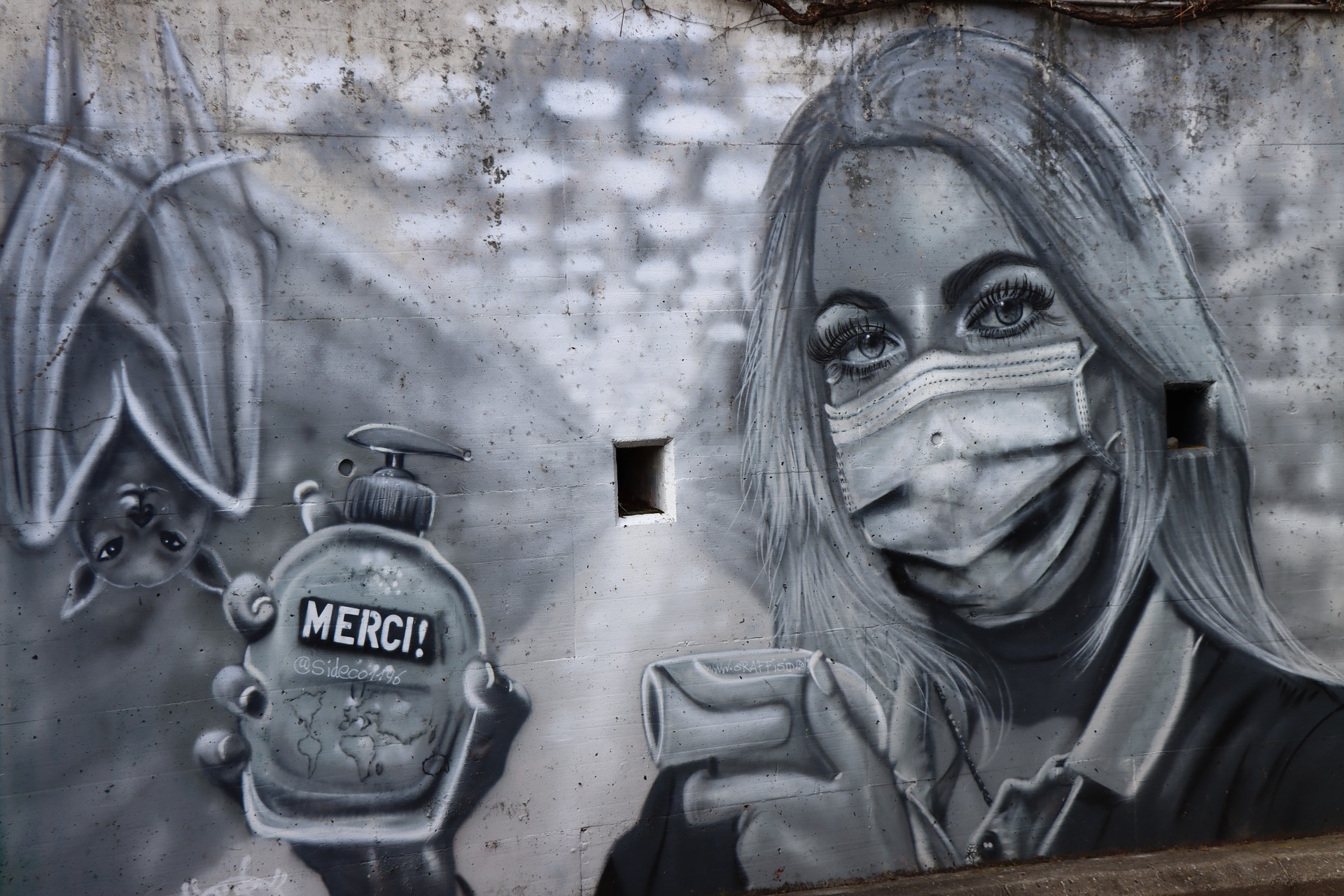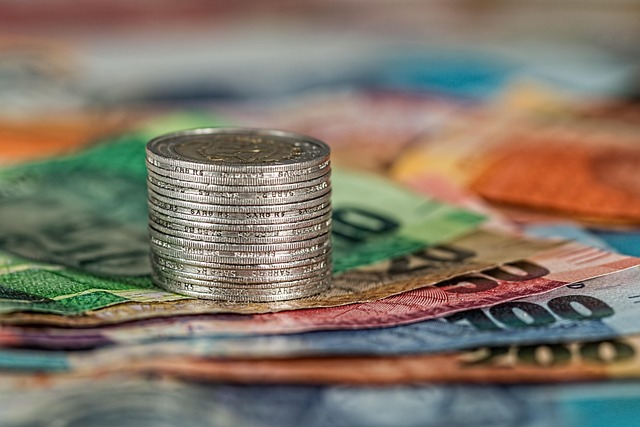The Unstoppable Surge of Virtual Reality in Art
The world of art and entertainment is one that is constantly evolving, adapting to various technological advancements and sociocultural shifts. One such development that has recently been making waves in the industry is the integration of virtual reality (VR) technology. This article seeks to delve into the history, current trends, and the transformative impact of VR on the artistic landscape.

The Genesis of Virtual Reality in Art
Virtual reality, as a concept, has been in existence since the mid-20th century, with the term being coined in the 1980s. However, it wasn’t until the 21st century that VR started to gain traction within the art world. Artists began experimenting with VR as a means to create immersive experiences, pushing the boundaries of traditional artistic expression. Early adopters like Char Davies and Jeffrey Shaw paved the way for the integration of VR in art, introducing audiences to an entirely new way of experiencing artwork.
Riding the Wave: Current Trends
Fast forward to the present day, VR has become a significant trend in the art and entertainment industry. Major art institutions such as the Museum of Modern Art in New York and the Tate Modern in London have incorporated VR installations into their exhibits. VR is also expanding into the realm of performance art and dance, with creators using it to craft immersive performances where the audience can actively engage with the performers.
The Impact of Virtual Reality: A New Artistic Frontier
The impact of VR on the art world can’t be overstated. By creating immersive, interactive experiences, VR has redefined the boundaries of artistic expression. It allows artists to engage with their audience in a more intimate and direct manner, fostering an emotional connection that transcends traditional mediums.
The reception of VR in art has been largely positive, with critics lauding its potential to revolutionize the art world. However, there are also concerns about accessibility and the risk of art becoming overly reliant on technology.
Beyond the Present: The Future of VR in Art
Looking ahead, the possibilities for VR in art seem boundless. As technology advances, artists will be able to create even more complex and immersive experiences. There’s also potential for VR to become a tool for social change, allowing artists to address important issues in an engaging and impactful way.
In Conclusion
The integration of VR in art represents a significant shift in the way we experience and engage with art. It offers a new lens through which to view and interact with the world, pushing the boundaries of what is possible within the realm of artistic expression. As we continue to navigate this exciting new frontier, one thing is clear: VR is here to stay, and its influence on the art world is only set to grow.




